Home>Home Maintenance>How Does House Drainage Work
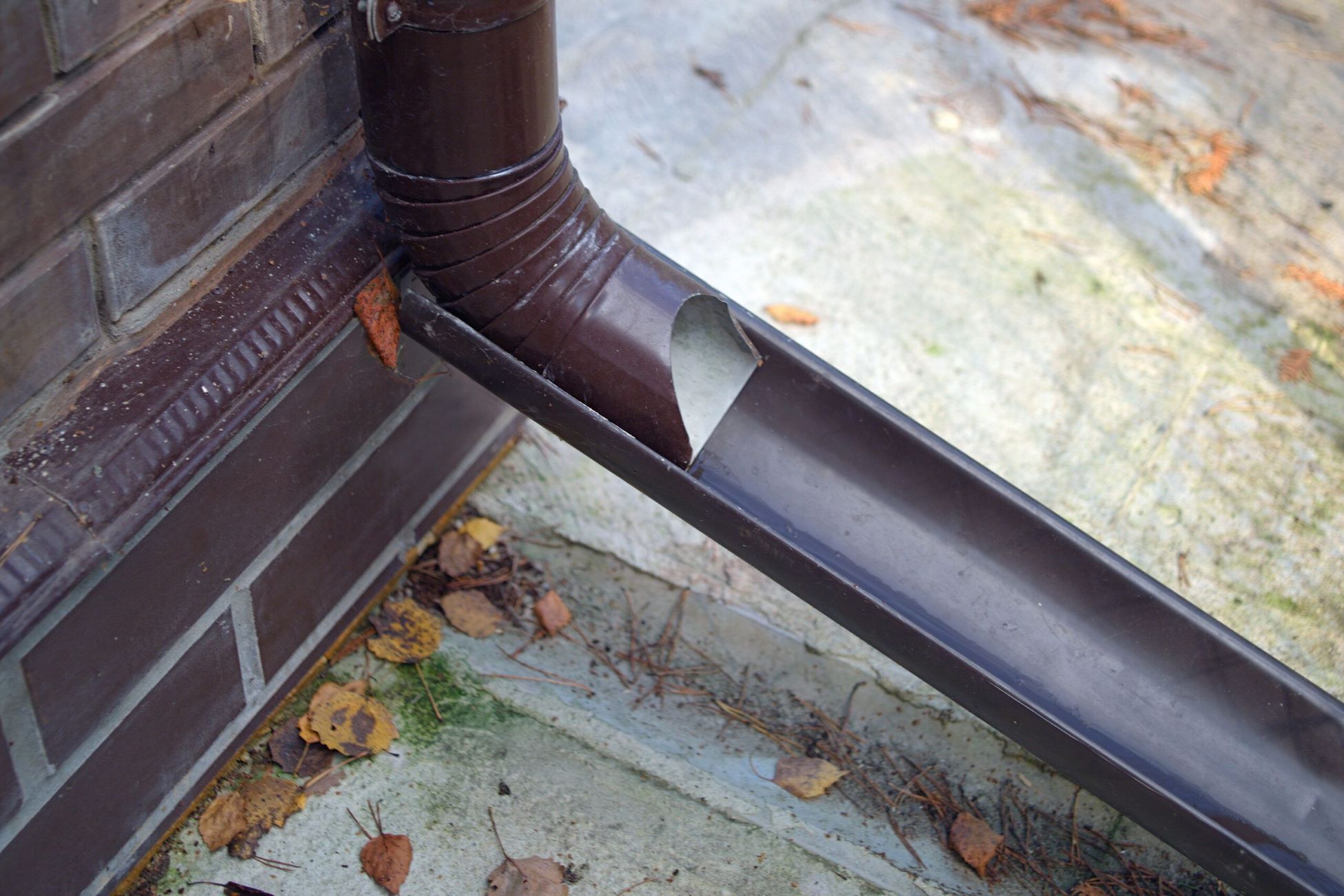

Home Maintenance
How Does House Drainage Work
Modified: March 7, 2024
Learn how house drainage works and why it's crucial for home maintenance. Discover the key components and systems involved in effective house drainage.
(Many of the links in this article redirect to a specific reviewed product. Your purchase of these products through affiliate links helps to generate commission for Storables.com, at no extra cost. Learn more)
Introduction
Welcome to the comprehensive guide on how house drainage works! Your home’s drainage system is a crucial component that ensures the proper flow and removal of wastewater, preventing potential damage and maintaining a clean environment. Understanding how your house drainage system functions will help you identify issues and take the necessary actions to keep it in optimal working condition.
A well-designed house drainage system effectively removes wastewater from sinks, toilets, showers, and appliances, keeping your living space safe and healthy. This system consists of several interconnected components that work together to ensure the efficient and smooth flow of wastewater from your home to the municipal sewer system or septic tank.
Let’s delve deeper into each component of a typical house drainage system and explore how they function:
Key Takeaways:
- Gravity drainage systems rely on the force of gravity to move wastewater, and proper maintenance, including clearing drains and monitoring water pressure, is essential to prevent clogs and leaks.
- Components like traps and cleanouts play crucial roles in maintaining a healthy drainage system, and professional inspections can uncover hidden issues before they become major problems.
Read more: House Roof Drainage: How Does It Work?
Components of House Drainage System
A house drainage system comprises several essential components that work together to facilitate the proper flow of wastewater. Understanding these components will give you a better idea of how the system functions. Here are the key components:
- Drain Pipes: The drain pipes in your house are responsible for carrying wastewater away from various fixtures and appliances. These pipes are typically made of durable materials such as PVC (polyvinyl chloride) or cast iron, and they are designed to be corrosion-resistant and long-lasting.
- Traps: Traps are U-shaped bends in the drain pipes that hold a small amount of water, which forms a barrier between the fixture and the sewer line. The water in the trap prevents foul odors and gases from entering your home. Common types of traps include the P-trap and the S-trap.
- Ventilation Pipes: Ventilation pipes are an integral part of the house drainage system. They allow air to enter the system, preventing the formation of a vacuum and facilitating the smooth flow of wastewater. Vent pipes also help release foul gases and odors, ensuring a pleasant environment in your home.
- Drainage Septic Tank: In areas without a municipal sewer system, houses are equipped with a drainage septic tank. This tank collects and stores wastewater, allowing solid particles to settle at the bottom while the liquid components exit the tank through an outlet pipe.
- Sewer Lines: Sewer lines are the underground pipes that carry wastewater from your home to the municipal sewer system or the septic tank. These pipes are typically made of sturdy materials such as PVC, clay, or cast iron, ensuring durability and longevity.
Each component plays a vital role in ensuring that your house drainage system functions effectively. By understanding the purpose and functionality of these components, you can identify any issues and take appropriate action to maintain the functionality and integrity of your home’s drainage system.
Gravity Drainage System
A gravity drainage system is the most common type of drainage system found in residential properties. It relies on the force of gravity to move wastewater from fixtures and appliances to the sewer lines or septic tank. This system is cost-effective, simple to install, and easy to maintain.
How does a gravity drainage system work?
In a gravity drainage system, the slope of the drain pipes plays a crucial role in ensuring proper wastewater flow. The pipes are installed at a gradual slope, allowing gravity to pull the wastewater downward. As wastewater flows through the drain pipes, it gains speed and momentum, carrying the waste and debris with it.
The key principle behind the gravity drainage system is that wastewater will flow downhill due to gravity. The drain pipes are sloped at a minimum of 1/8 inch per foot to allow for proper drainage. This slope ensures that wastewater flows freely, preventing backups and clogs.
It is essential to maintain a consistent slope throughout the drainage system to ensure optimal performance. If the slope is too steep, the wastewater may flow too quickly, potentially causing pipes to erode and creating additional pressure on the system. On the other hand, if the slope is too gentle, the wastewater may not flow with enough force to remove debris, leading to clogs.
Proper sizing of the drain pipes is also crucial in a gravity drainage system. Pipes that are too narrow can cause the water to back up, while pipes that are too wide may not provide enough force to move the wastewater along. Consulting with a professional plumber can help ensure that the drain pipes are correctly sized for your specific needs.
Gravity drainage systems rely on the consistent maintenance of traps, cleanouts, and ventilation pipes. Traps prevent odors and gases from infiltrating your home, while cleanouts provide access points for clearing any blockages in the pipes. Ventilation pipes allow for the proper release of gases and ensure the smooth flow of wastewater.
Overall, a gravity drainage system is a reliable and effective method for wastewater disposal in residential properties. By understanding the principles and components of this system, you can ensure the proper functioning of your home’s drainage and avoid potential issues.
Sewer Lines
Sewer lines play a crucial role in the house drainage system, as they are responsible for carrying wastewater from your home to the municipal sewer system or septic tank. These underground pipes transport the waste and wastewater away from your property, ensuring a clean and sanitary environment.
Types of sewer lines:
There are two main types of sewer lines commonly used in residential properties:
- Public Sewer System: In areas connected to a public sewer system, your home’s sewage is transported through sewer lines to a centralized treatment facility. These sewer lines are typically maintained and managed by the local municipality or utility company.
- Septic Tank System: In areas without access to a public sewer system, homes are equipped with a septic tank system. The septic tank collects and stores wastewater from your home, allowing the solids to settle at the bottom and the liquids to exit the tank through an outlet pipe. The liquids then flow into a drain field, where they are dispersed into the soil.
Components of sewer lines:
Sewer lines consist of several key components that work together to ensure the proper flow of wastewater:
- Main Sewer Line: The main sewer line is the primary pipe that carries wastewater from your home to the municipal sewer system or septic tank. This large-diameter pipe is typically buried underground and connects all the drain lines from different fixtures in your house.
- Lateral Lines: Lateral lines are smaller pipes that branch off from the main sewer line and connect to individual fixtures such as toilets, sinks, showers, and washing machines. These pipes carry the wastewater from the fixtures to the main sewer line.
- Cleanouts: Cleanouts are access points or cap fittings installed along the sewer lines. They provide an entry point for plumbers to inspect and clean the sewer lines if necessary. Cleanouts are crucial for maintaining and clearing any blockages in the sewer system.
- Backflow Preventer: A backflow preventer is a valve or device installed in sewer lines to prevent the reverse flow of wastewater. It helps to prevent contaminated water from flowing back into your home, ensuring the safety of your water supply.
- Proper Ventilation: Ventilation pipes are connected to the sewer lines and allow air to enter the system. They help maintain proper pressure, prevent the buildup of gases, and ensure the smooth flow of wastewater.
Regular maintenance and inspection of sewer lines are essential to detect any potential issues such as leaks, blockages, or structural damage. Consulting with a professional plumber or sewer contractor can help ensure the proper functioning and longevity of your home’s sewer lines.
By understanding the importance of sewer lines and their components, you can take proactive measures to maintain the functionality of your house drainage system and avoid potential problems in the future.
Make sure to regularly clean out your gutters and downspouts to prevent clogs and ensure proper drainage away from your house. This will help prevent water damage and flooding.
Ventilation System
A proper ventilation system is an essential component of any house drainage system. It plays a vital role in maintaining the functionality and efficiency of the system by allowing air to enter and exit the pipes. Without proper ventilation, your drainage system can encounter various issues, including slow drainage, foul odors, and potential blockages.
How does the ventilation system work?
When wastewater flows down the drain pipes, it creates negative pressure or suction. Without a ventilation system, this suction can slow down the flow of wastewater and even cause it to siphon water from traps, resulting in foul odors and noise.
Ventilation pipes, also known as vent pipes, are typically installed vertically and run through the roof of your house. These pipes are connected to the drain pipes and allow air to enter the system, preventing the formation of a vacuum and maintaining the proper flow of wastewater.
The primary function of the ventilation system is to equalize the pressure within the drainage system. As wastewater flows down the drain pipes, air is expelled through the vent pipes, ensuring optimal drainage and preventing slow or gurgling drains. The vent pipes also help to release foul gases, such as methane, hydrogen sulfide, and carbon dioxide, providing a safe and odor-free environment in your home.
In addition to maintaining pressure balance and odor control, the ventilation system also serves the following purposes:
- Preventing Trap Siphonage: Proper ventilation prevents the suction effect that can empty water from traps, which are U-shaped bends in the pipes that trap water to block gases from entering your home. Without adequate ventilation, the water in traps can be siphoned out, leading to foul odors and the risk of harmful gases entering your living space.
- Avoiding Pressure Buildup: The ventilation system prevents pressure buildup within the drainage pipes that can cause leaks, bursts or damage to the system. By allowing air to enter the pipes, the ventilation system safely releases any excess pressure, preserving the integrity of the drainage system.
- Facilitating Drainage: The presence of sufficient airflow in the drainage system allows wastewater to flow smoothly. It ensures that debris and particles are efficiently carried away without causing blockages or backups in the pipes.
Proper installation and maintenance of the ventilation system are crucial for its effectiveness. Vent pipes should be correctly sized and positioned to allow for adequate air circulation. Regular inspections and cleaning of the vent pipes can prevent blockages caused by debris, leaves, or bird nests. If you notice any issues with your ventilation system, it is advisable to consult a professional plumber for assistance.
By ensuring a well-designed and properly functioning ventilation system, you can maintain the efficiency and longevity of your house drainage system, preventing potential problems and ensuring a healthy living environment.
Traps and Cleanouts
Traps and cleanouts are essential components of a house drainage system, working together to ensure the proper functioning and maintenance of the system. Traps are U-shaped bends in the drain pipes that trap water to prevent foul odors and gases from entering your home, while cleanouts provide access points for clearing any blockages or performing maintenance tasks.
Let’s take a closer look at the role and importance of traps and cleanouts in a house drainage system:
Traps:
Traps are installed under sinks, toilets, showers, and other fixtures in your home to create a barrier of water that blocks foul odors and gases from infiltrating your living space. The most common types of traps used in residential plumbing are the P-trap and the S-trap.
The P-trap is shaped like the letter “P” and is the most widely used trap. It consists of two 90-degree bends that create a water seal. This water seal prevents sewer gases from entering your home, as the water acts as a barrier.
The S-trap is similar to the P-trap but has a different shape resembling the letter “S”. It is less commonly used nowadays due to installation restrictions and the possibility of siphonage issues. However, if you have an older home, you may still find S-traps in some fixtures.
It is crucial to maintain the traps in your drainage system to ensure their effectiveness. Regularly checking and cleaning the traps can prevent the buildup of debris and hair that can lead to blockages. If you notice a foul odor or slow drainage, it may indicate that a trap is dry or clogged, and it should be addressed promptly.
Cleanouts:
Cleanouts provide access points in the drainage system for maintenance and clearing blockages. They are typically installed at strategic points along the drain pipes, such as near the main sewer line or at the base of vertical stacks. Cleanouts are often fitted with screw-on caps, making it easy for plumbers to access the pipes when needed.
Regular maintenance and inspection of cleanouts are essential to ensure the proper functioning of your house drainage system. Plumbers can use specialized tools and equipment to clear any blockages and perform necessary repairs. It is recommended to have your drainage system inspected and cleaned periodically, especially if you notice slow drains, foul odors, or gurgling noises.
By ensuring the traps and cleanouts in your house drainage system are functioning correctly, you can prevent unpleasant odors, maintain a healthy environment, and address any issues promptly if they arise.
Proper Maintenance of House Drainage System
Maintaining your house drainage system is crucial for its proper functioning and longevity. Regular maintenance helps prevent clogs, leaks, and other issues that can disrupt the flow of wastewater and impact the overall efficiency of the system. Here are some essential maintenance tips to keep your drainage system in optimal condition:
- Keep drains clear: Avoiding the introduction of items that can clog your drains is key to preventing blockages. Be mindful of what goes down your sinks, toilets, and showers. Avoid flushing non-biodegradable items, such as wipes, tissues, and cotton balls. Use drain guards to catch hair and other debris that can accumulate and cause clogs.
- Monitor water pressure: High water pressure can put excessive strain on your drainage system, leading to leaks and pipe damage. Use a pressure gauge to monitor your water pressure periodically. If it exceeds the recommended range (typically 40-80 psi), consider installing a pressure regulator to prevent potential issues.
- Check for leaks: Regularly inspect your drain pipes, traps, and fittings for any signs of leaks. Look for water stains, mold growth, or dripping water. Address leaks promptly to prevent further damage and water wastage. If you notice any leaks, consult with a professional plumber for repairs.
- Clean traps and cleanouts: Clean traps and cleanouts regularly to remove debris and prevent blockages. Use a plunger or a plumbing snake to clear any clogs in the drain pipes. Additionally, cleanouts provide easy access for professional plumbers to perform maintenance tasks and clear any blockages that may occur deeper in your drainage system.
- Maintain proper ventilation: Ensure that vent pipes are not obstructed by debris, leaves, or bird nests. Clear any blockages to allow proper air circulation and prevent pressure buildup. Regularly inspect and clean the ventilation system to avoid slow drainage and foul odors caused by poor ventilation.
- Consider professional inspection: Periodic professional inspections of your house drainage system can uncover potential issues before they escalate. Plumbers can perform camera inspections, checking the integrity of the pipes and identifying any damage or blockages that may be hidden from view.
- Address plumbing issues promptly: Don’t ignore plumbing issues like slow drains, gurgling noises, or foul odors. These can be indications of underlying problems in your drainage system. Promptly address any issues to prevent further damage and ensure the proper functioning of your system.
- Be mindful of landscaping: Avoid planting trees or shrubs with aggressive root systems near your drainage pipes. As the roots grow, they can infiltrate the pipes and cause blockages or even damage the pipes themselves. Consult with a professional landscaper to ensure proper spacing between vegetation and your drainage system.
Remember, prevention is key when it comes to maintaining your house drainage system. By incorporating these maintenance practices into your routine, you can help prevent costly repairs, ensure the longevity of your system, and enjoy a functional and efficient drainage system in your home.
Conclusion
Your house drainage system is a vital aspect of your home’s infrastructure, ensuring the proper flow and removal of wastewater. Understanding the components and functionality of the system is essential to maintain its effectiveness and prevent potential issues.
We explored key components such as drain pipes, traps, ventilation pipes, sewer lines, and cleanouts that work together to facilitate the smooth flow of wastewater. The gravity drainage system, which relies on the force of gravity, is the most common type of system in residential properties.
It is crucial to maintain your house drainage system properly to avoid clogs, leaks, and other problems. Regularly clearing drains, monitoring water pressure, checking for leaks, and cleaning traps and cleanouts are essential maintenance tasks. Additionally, ensuring proper ventilation and addressing plumbing issues promptly can help prevent problems and maintain the efficiency of your system.
Professional inspections and consultations can provide valuable insights into the condition of your drainage system and help identify any hidden issues. By being mindful of your landscaping choices and avoiding aggressive root systems near your drainage pipes, you can prevent root intrusion and blockages.
By following these maintenance tips and understanding the importance of a well-maintained house drainage system, you can ensure a clean and healthy living environment in your home. Regular upkeep and prompt action in addressing any issues will save you time, money, and unnecessary headaches in the long run.
Remember, if you are ever uncertain or facing complex issues with your house drainage system, it is always recommended to seek the assistance of a professional plumber. They have the expertise and tools necessary to diagnose and resolve any problems.
With proper maintenance and care, your house drainage system will continue to provide you with efficient and reliable wastewater removal, allowing you to enjoy a clean and comfortable home for years to come.
Frequently Asked Questions about How Does House Drainage Work
Was this page helpful?
At Storables.com, we guarantee accurate and reliable information. Our content, validated by Expert Board Contributors, is crafted following stringent Editorial Policies. We're committed to providing you with well-researched, expert-backed insights for all your informational needs.
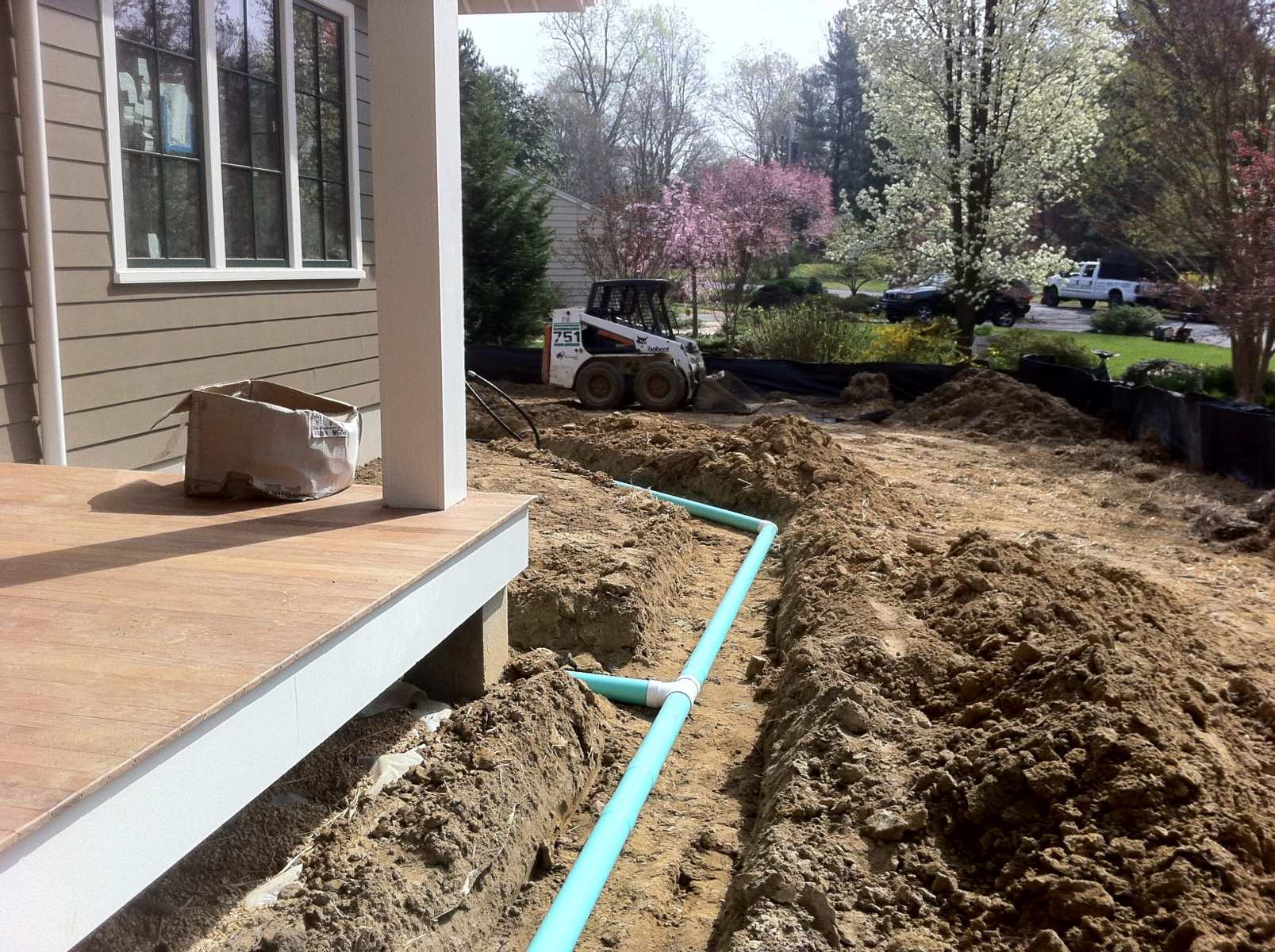
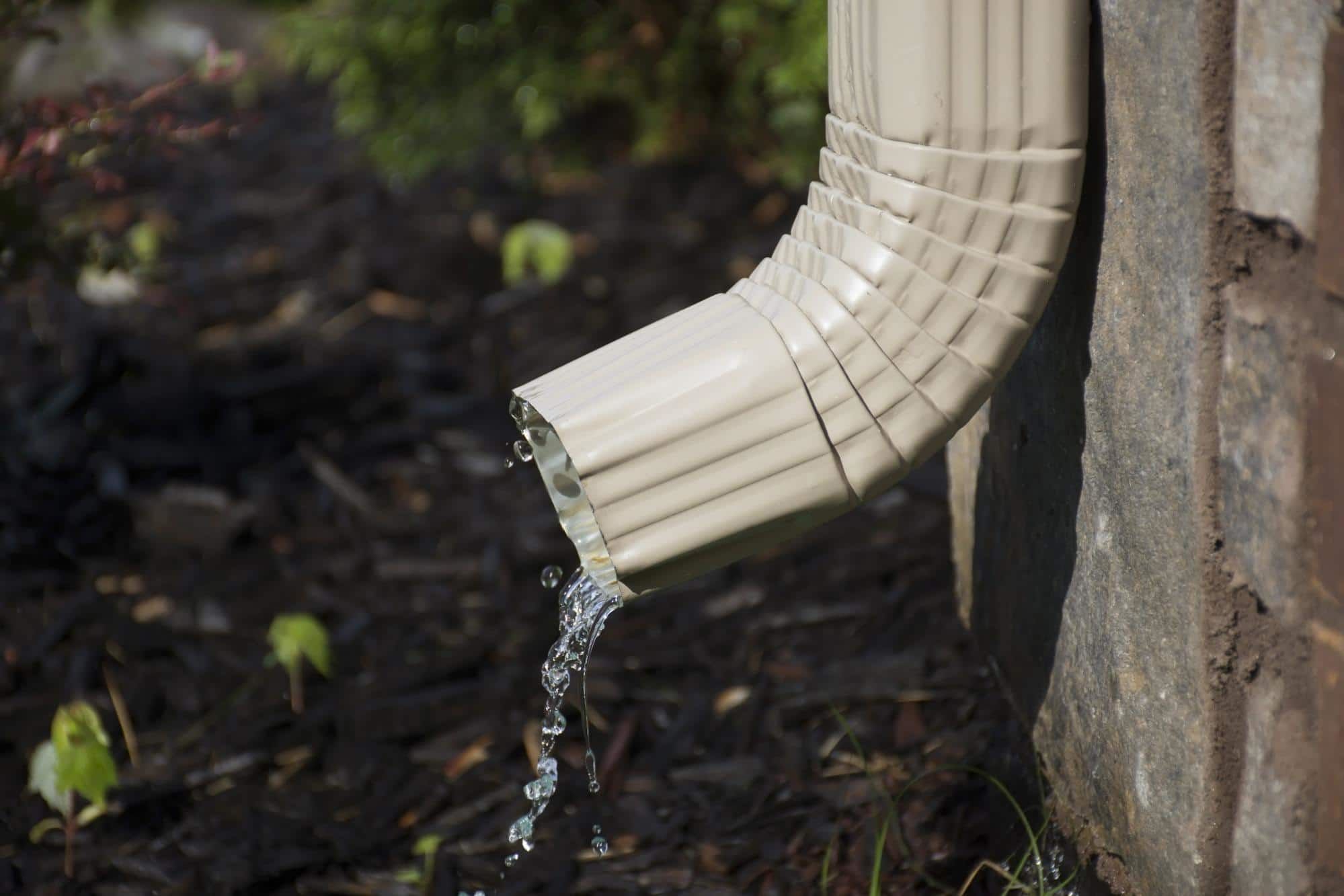
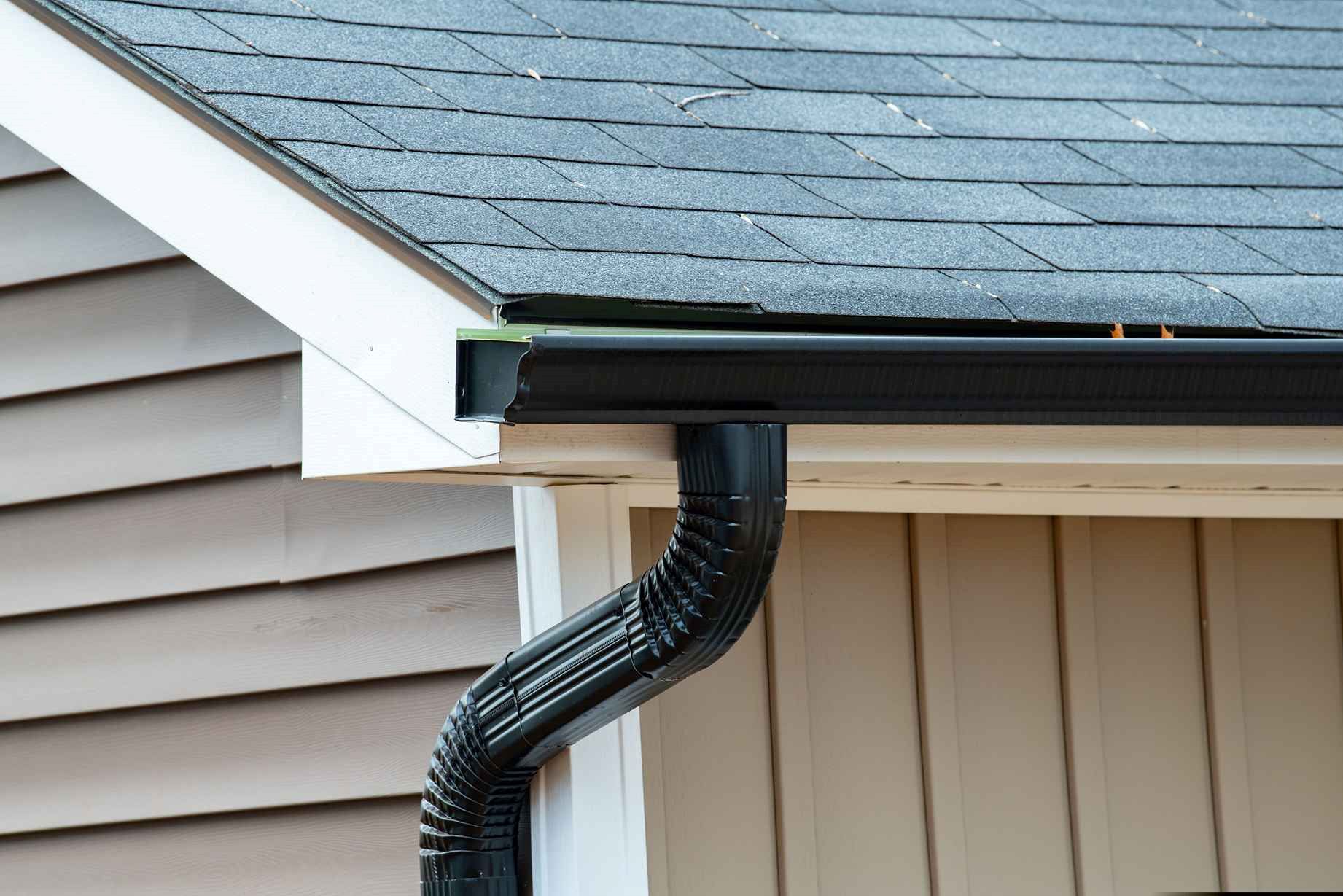
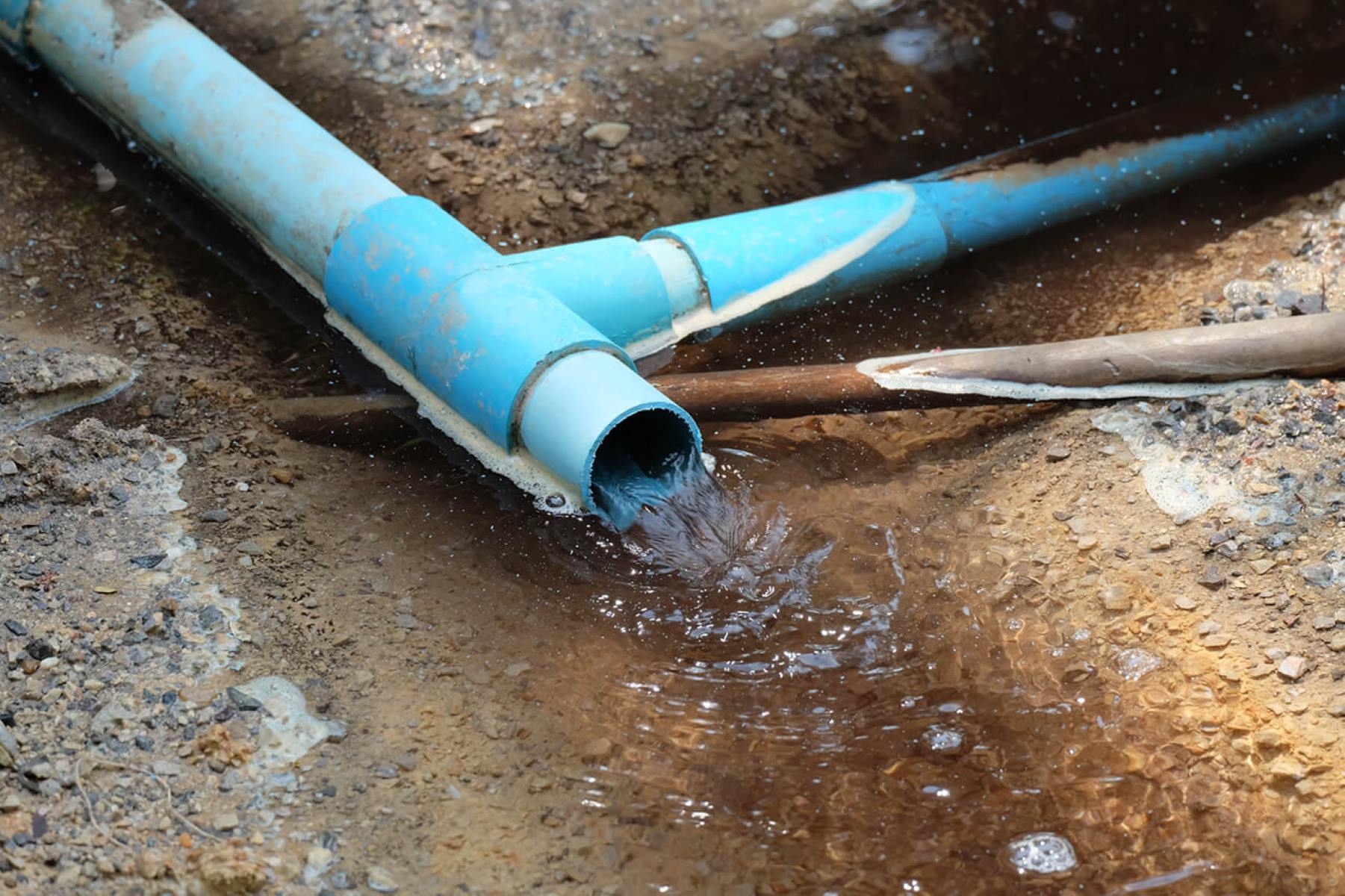
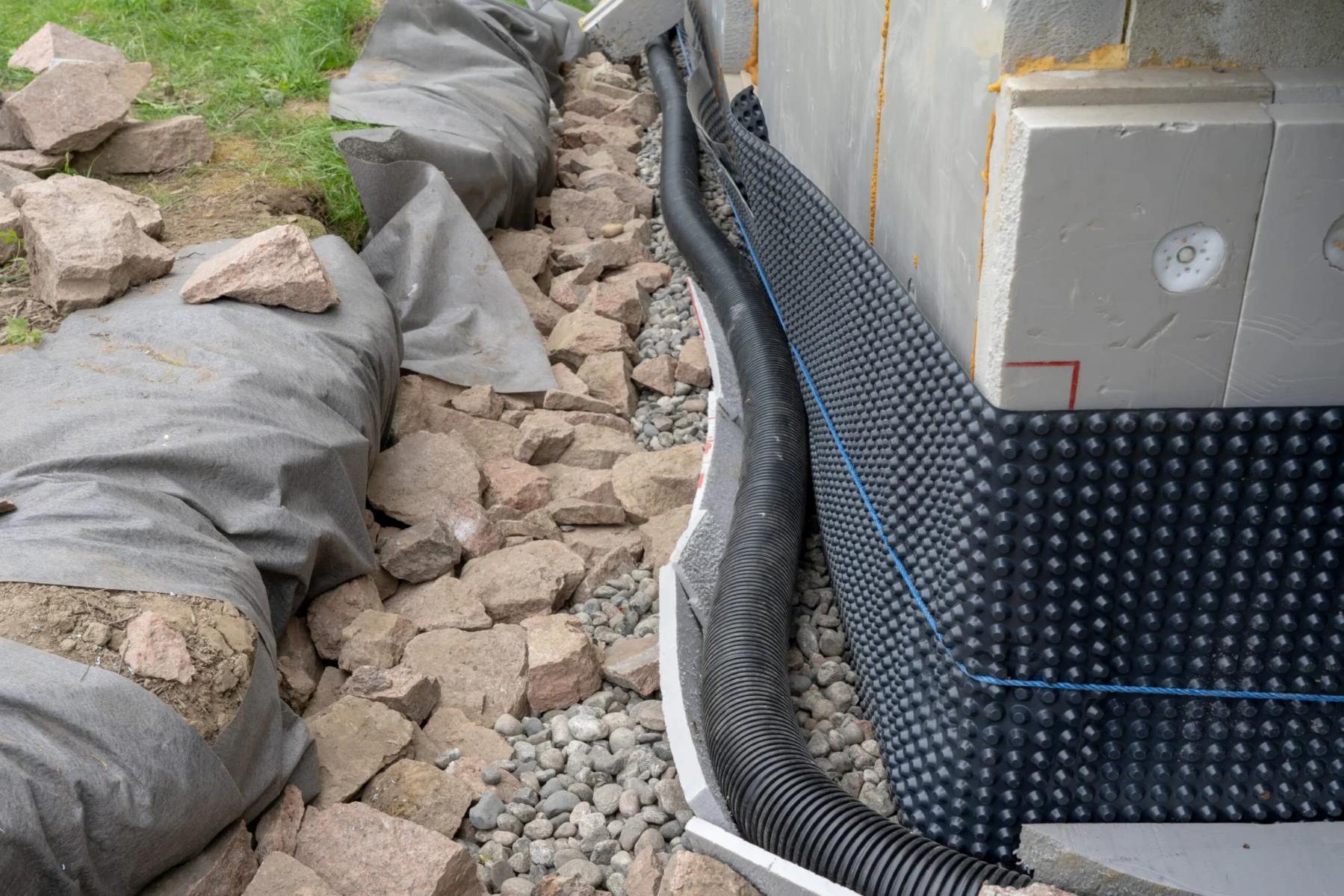
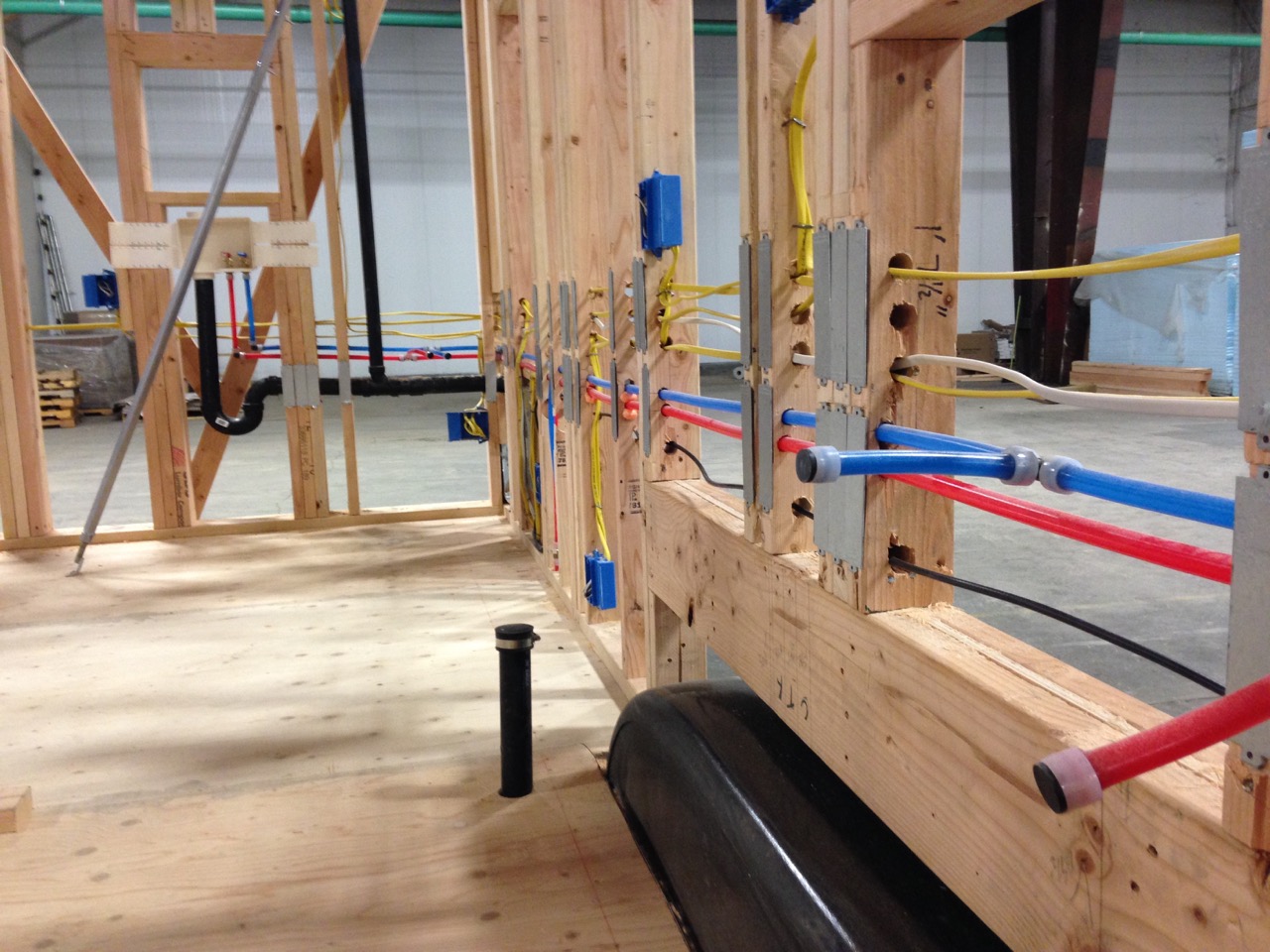
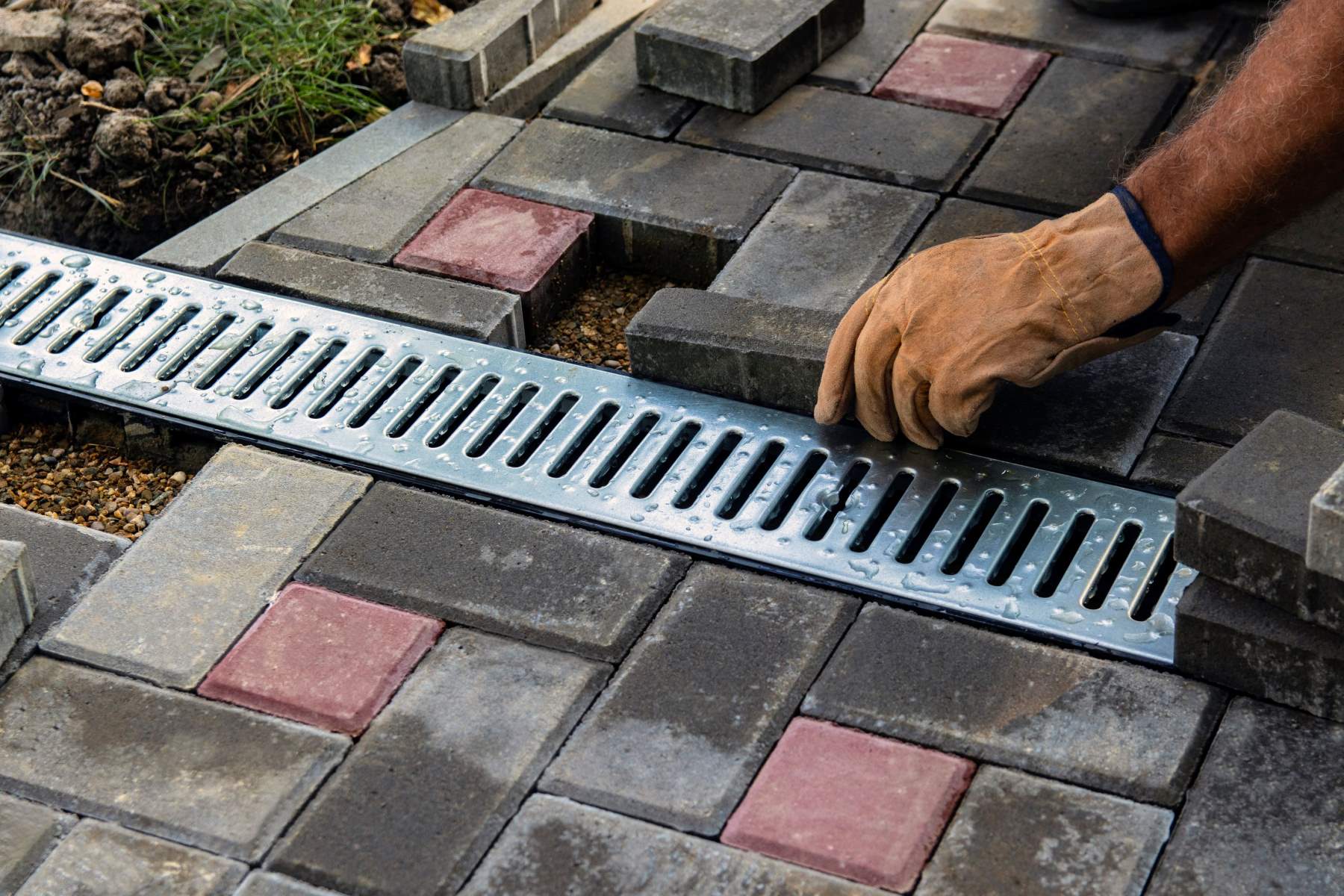
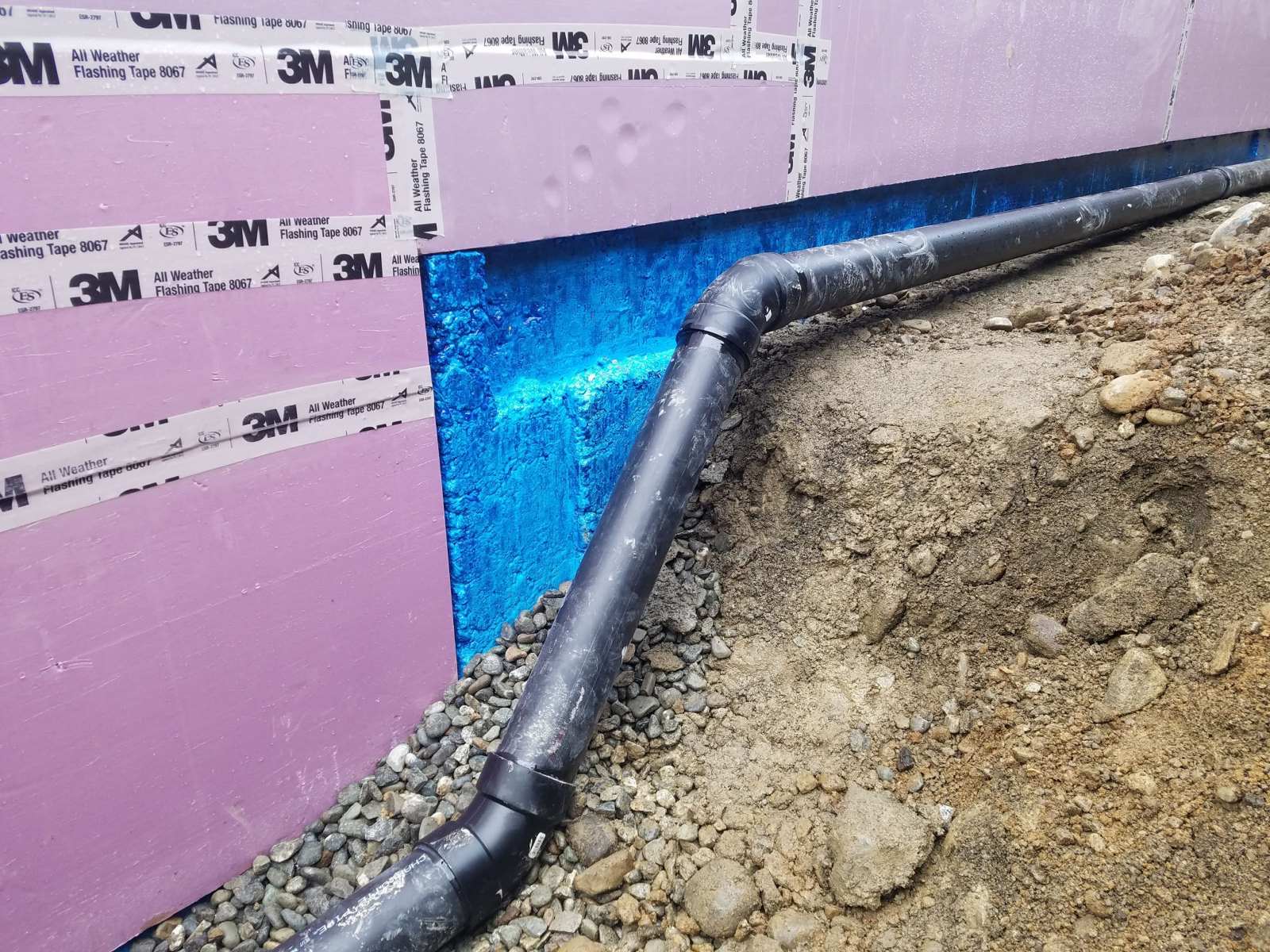
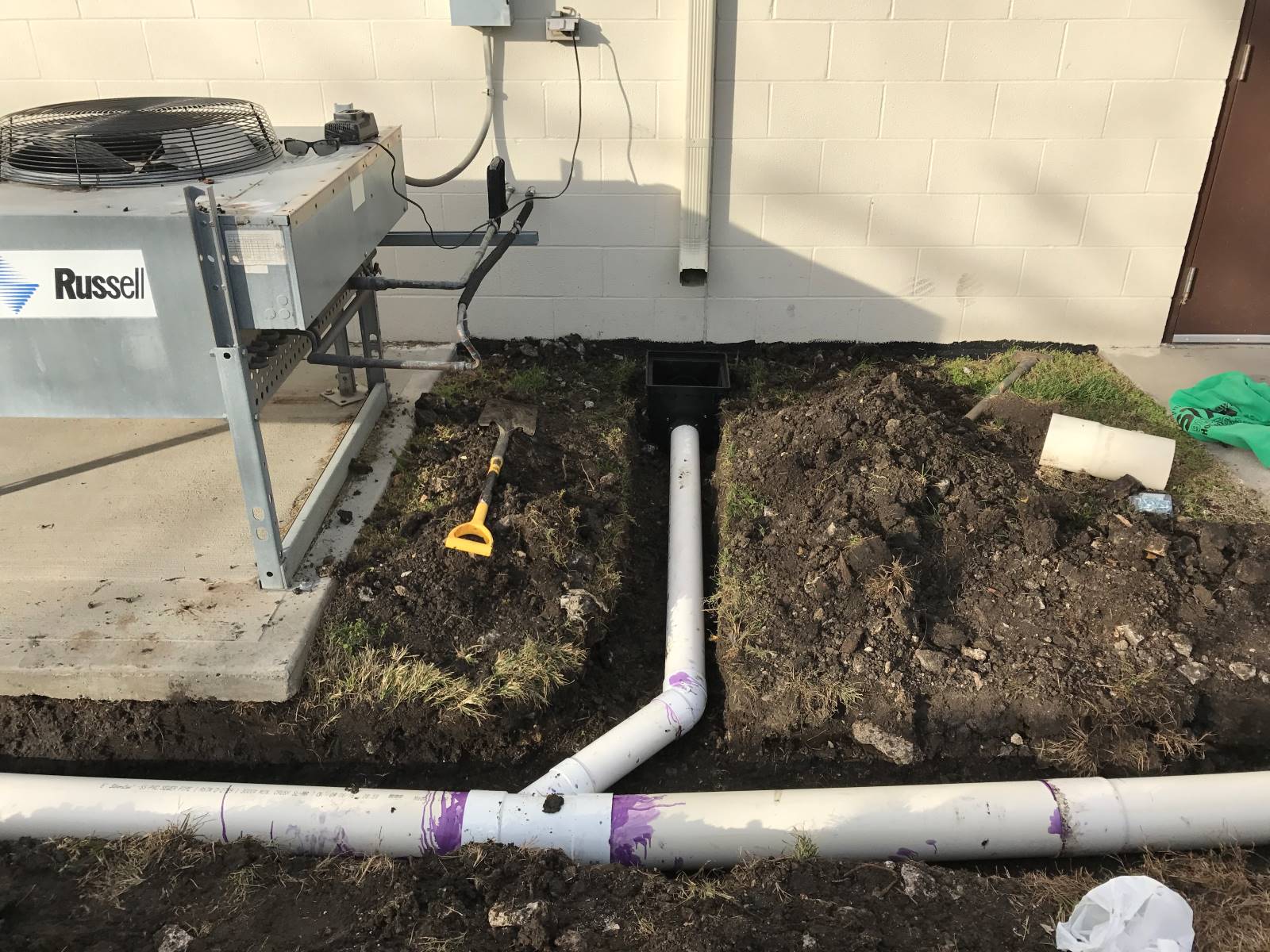
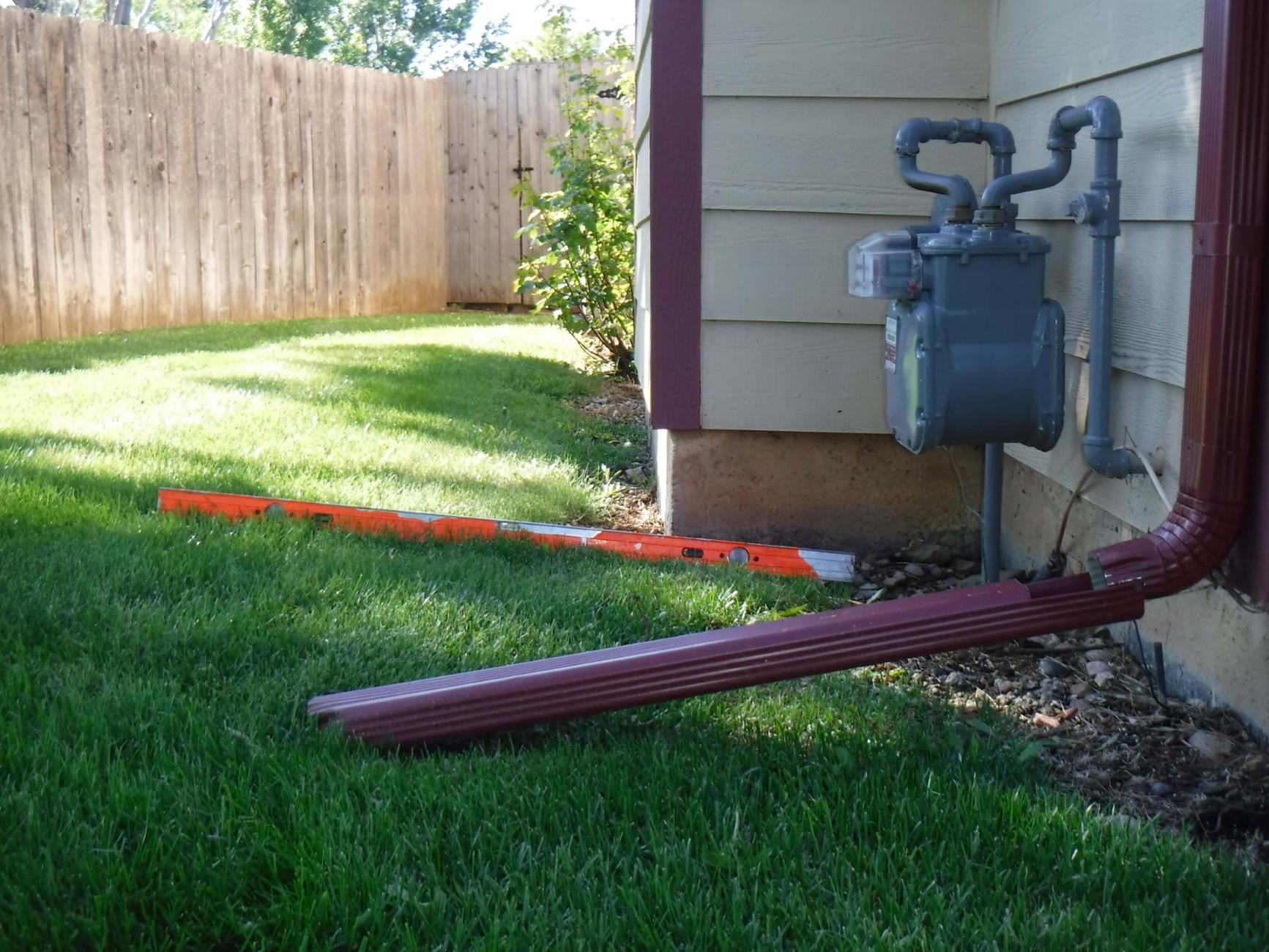
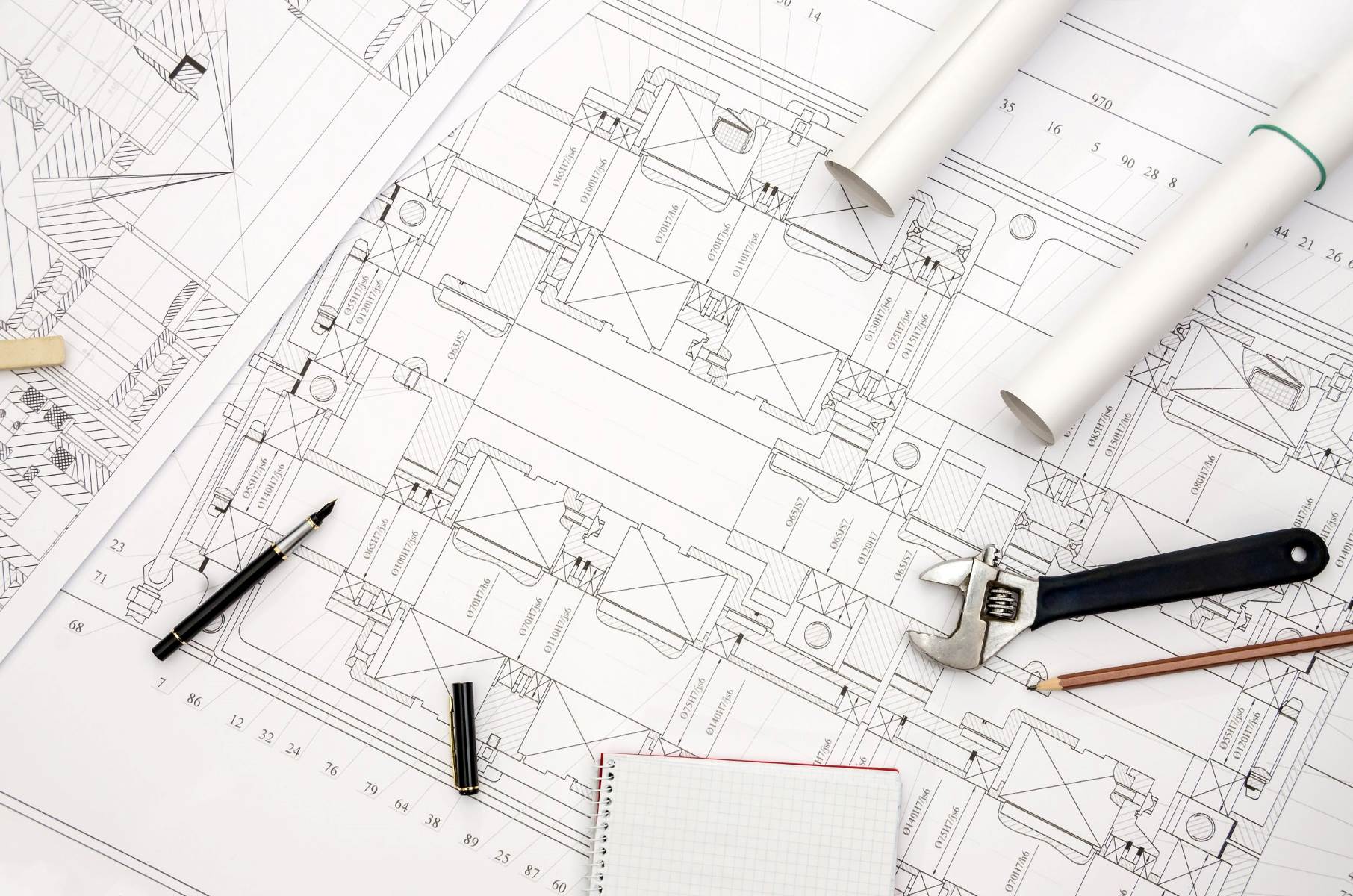
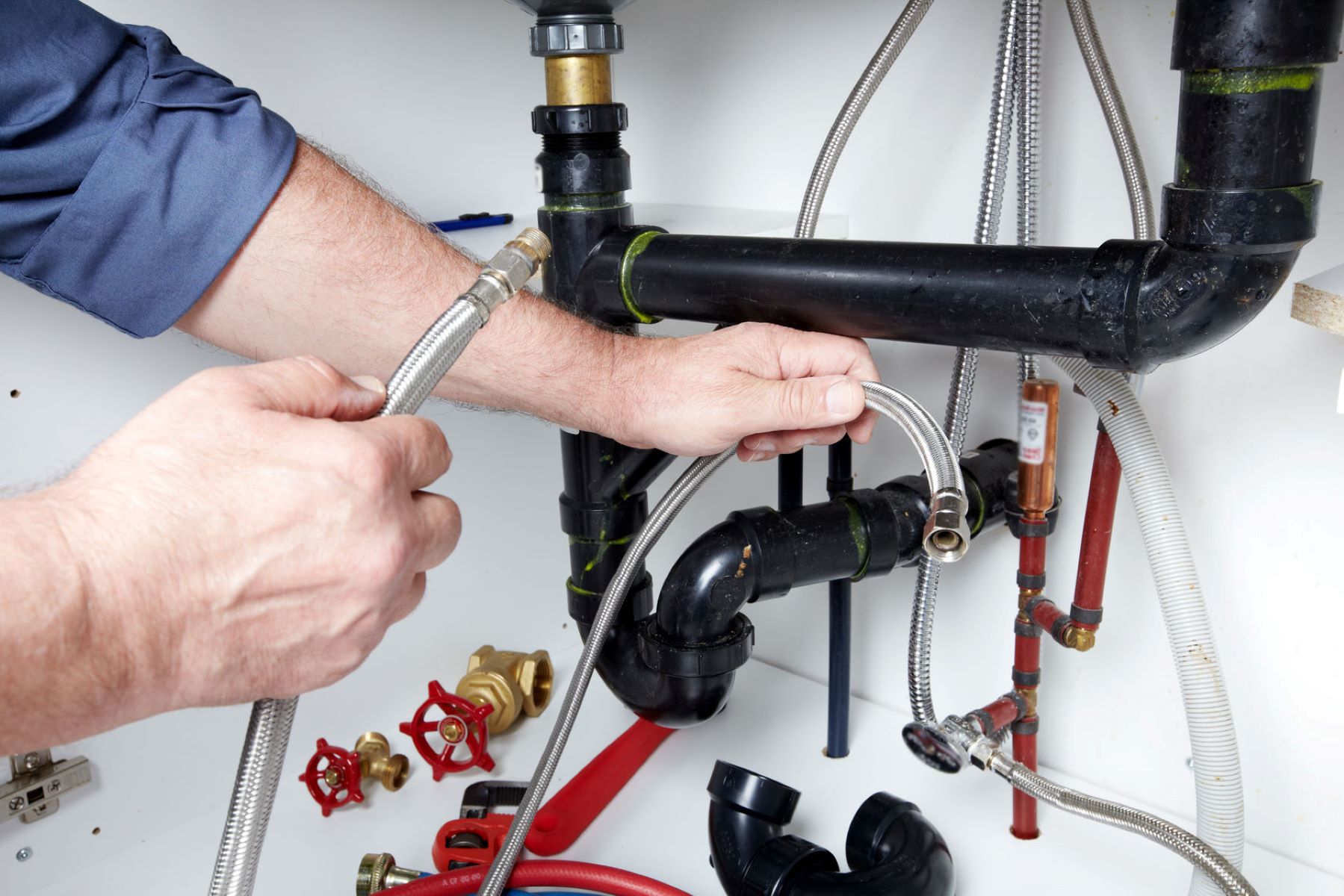
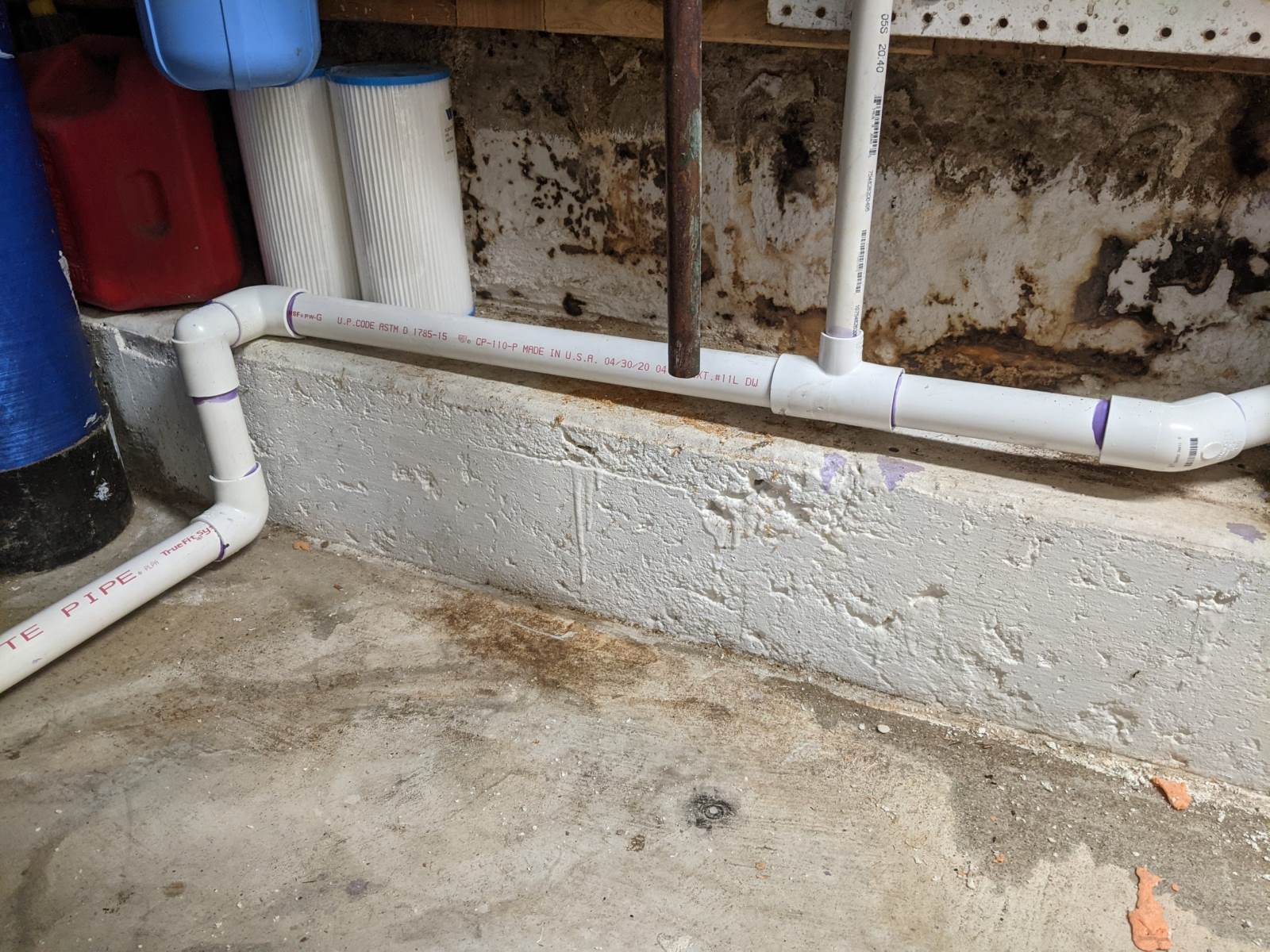
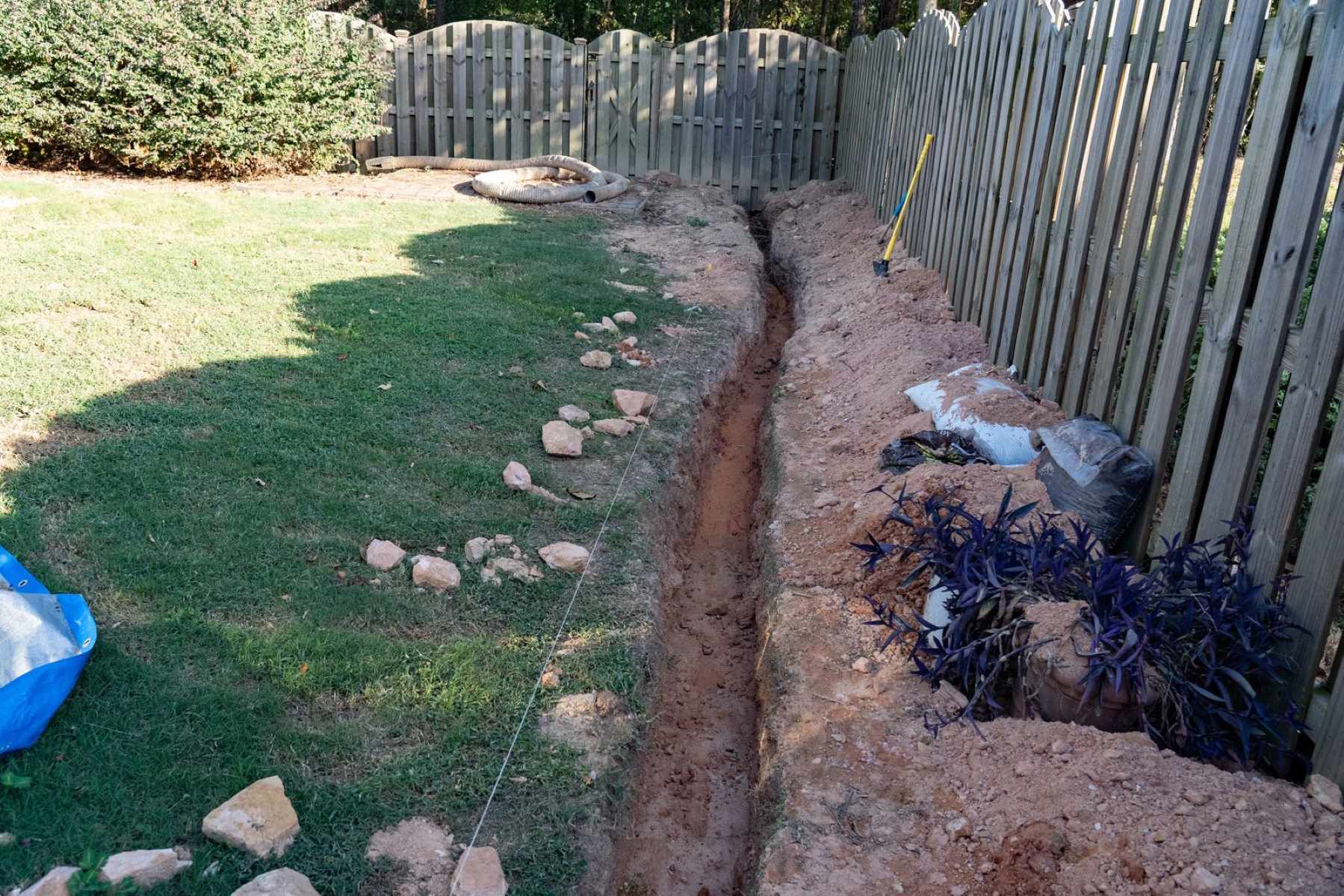

0 thoughts on “How Does House Drainage Work”